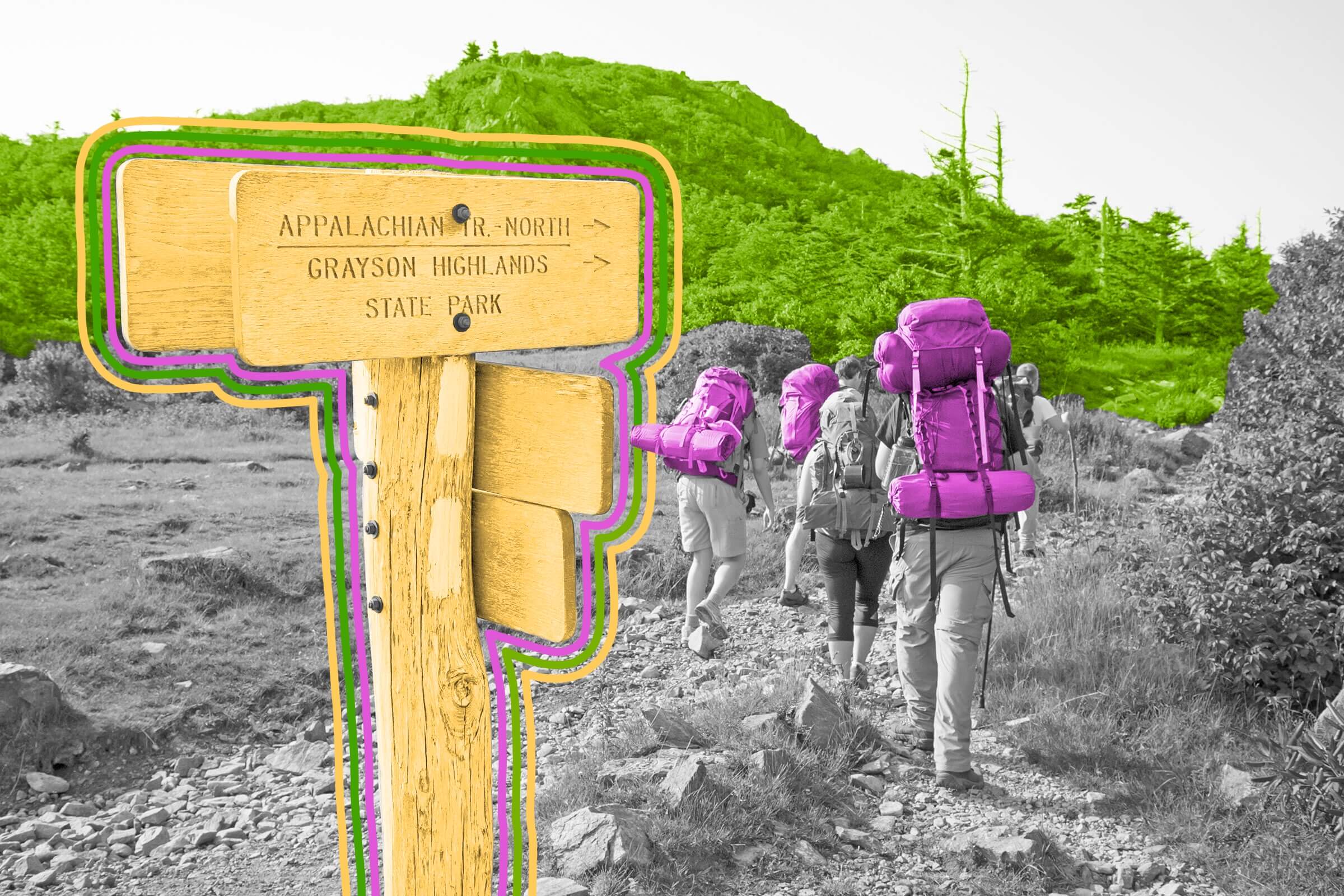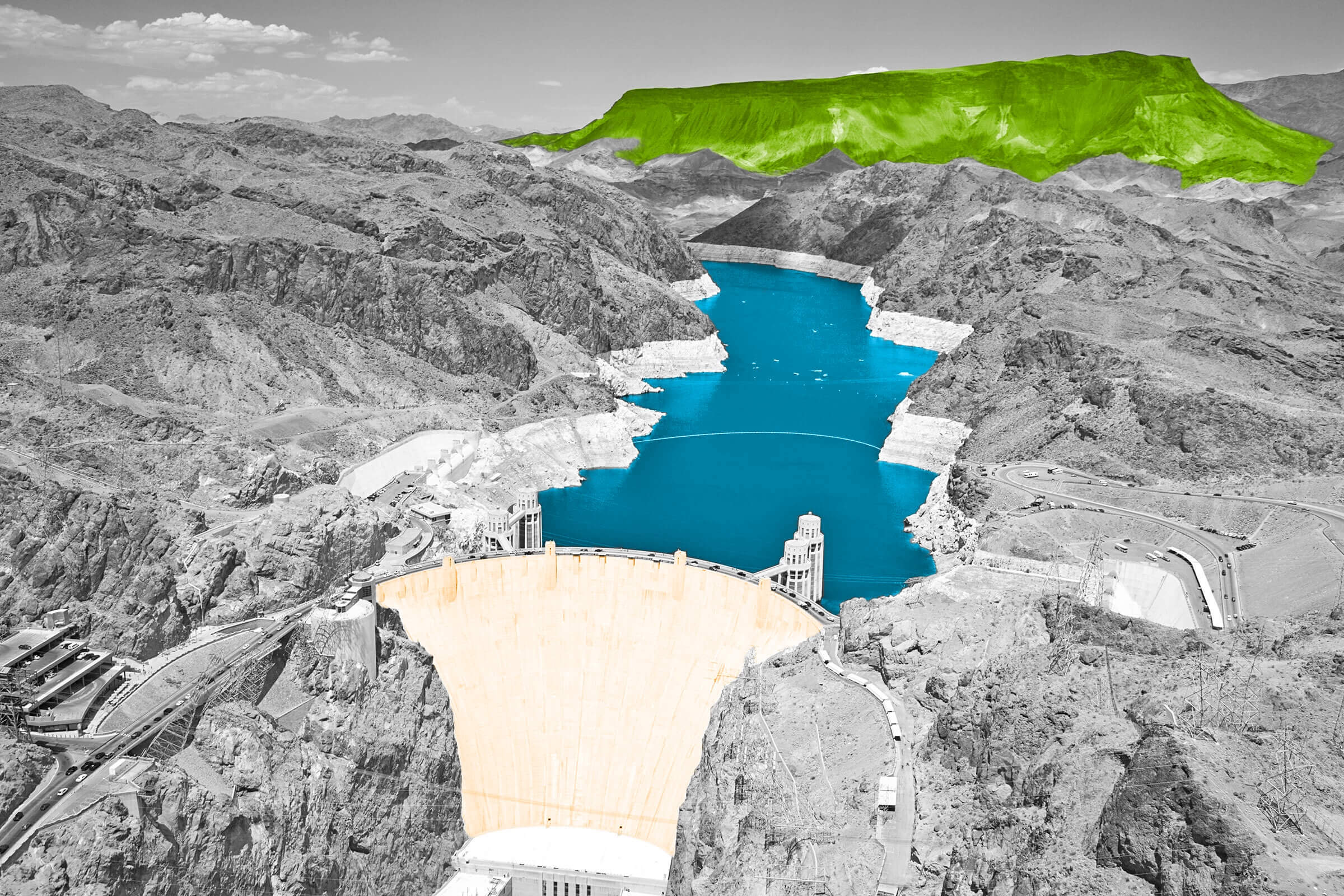
The Appalachian Mountains are older than the Atlantic Ocean.
The Appalachian Mountains aren’t the world’s largest mountains. And though they stretch from Canada to Alabama, they aren’t even the world’s longest (that honor goes to the mid-ocean ridge, a chain 40,389 miles long). However, the Appalachian chain does stand among the world’s oldest mountains, with some of its rocks dating back 1.2 billion years — a milestone that makes these peaks older than the Atlantic Ocean.
The oldest parts of the Appalachian Mountains began to rise when our planet looked much different. At the time of their creation, North America was still attached to Europe and most of Asia, making up the supercontinent Laurasia. However, a collision between Laurasia and Gondwana — the massive continental fusion that included Africa, India, South America, Australia, and Antarctica — would eventually create Pangaea, and the first Appalachian peaks along with it. As Pangaea formed around 320 million years ago, the earliest Appalachian mountains began to grow, reaching far higher into the sky than they do today; initially, the southern subrange we call the Blue Ridge Mountains had the largest summits in the world. However, Pangaea eventually broke apart, leaving a rift that would become the Atlantic Ocean about 150 million years ago, as the continents separated.
Today, around 3 million people hike through the Appalachian Mountains along the Appalachian Trail, a feat that wouldn’t at all be possible had the mountain range remained as high as the Himalayas. Thankfully for backpackers, millions of years of erosion have brought the still-stunning mountain chain to a more trekkable level, averaging a more manageable 3,000 feet above sea level.
Some scientists believe Earth’s earliest form didn’t have an ocean for its first billion years. Initially, Earth’s temperatures were too hot, and while water molecules did exist on the planet, above-boiling temps kept them from condensing into a liquid. As the planet slowly began to cool, water no longer evaporated, and oceans had a chance to form; researchers theorize the first major body of water began appearing around 3.8 billion years ago. Over millions of years, the ocean gradually collected more water, and filled in the planet’s basins and hollows. Today the life-sustaining liquid covers more than 70% of our world’s surface.

